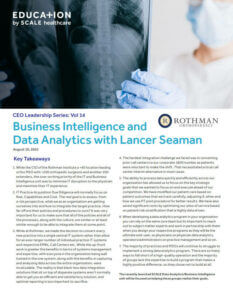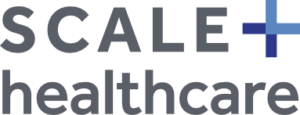Compliance and Risk Mitigation with Lisa Melamed
Below is an excerpt of the full interview conducted with Lisa Melamed. Download the PDF now for the full article.
A brief background on how a former litigator became focused on driving business strategy while managing enterprise risk. The law fi rm that I was associated with 19 years ago had extensive coverage in Florida, and their business model was to assign clients to a lead lawyer who would become familiar with that client’s policies and processes, as well as their department heads which promoted effi ciencies and customer service. One of my Florida clients managed several Long Term Care facilities throughout the country, and through my representation, I developed an understanding of senior housing, and the nuances of an “owed duty” between assisted living, independent living, CCRCs and SNIFs. Due to my understanding of the complexities around senior housing, that client reached out and asked me to join their team as in-house counsel. I decided to take the leap as an in-house lawyer, and that’s really where my understanding of how to drive business strategy while mitigating risk journey began.
How do you drive efficiencies and strategy in a compliant way?
Senior housing is a very regulated industry, as we all know, and joining the team gave me a crash course in Medicare, insurance payers, and how to advocate for residents from a clinical and a compliance perspective. So that’s where my foundation of driving strategy and risk mitigation began. From there, I went to an MSO that managed/owed spine surgery physician practices and ASCs. We were one of the first in the country to perform minimally invasive back surgeries in an ASC setting with a direct to consumer model. Patients would travel up to 200 miles to get their back surgery done in an ASC setting. I become their general counsel and chief compliance officer, as well as managed their risk mitigation eff orts as a licensed healthcare risk manager. It was an incredibly exciting time as we changed the standard of care in the spine space, and I quickly learned what’s possible in a changing regulatory environment. By way of example, our MSO led the change to Pennsylvania law with respect to anesthesia in an in-office setting, as well as the certificate of need requirements in Rhode Island. From there, I joined an MSO in the Lasik space which managed 130 physician practices in multiple states. Through the years, I continued to grow professionally and hone my skills on driving operational strategy while mitigating risk, thereby holding the roles as Chief Legal Officer, and eventually becoming the MSO’s President, CEO and Board Member.
How do you define Compliance and Risk Mitigation
Compliance is a multilayered system of checks and balances to promote quality of care and avoid fraud, waste, and abuse. Risk mitigation is about taking steps to reduce adverse eff ects. Both functions are crucial tools for a healthcare organization’s viability and profi tability in a heavily regulated area. We can all agree that “Compliance” and “Risk Mitigation” are very broad terms which have a direct impact on every healthcare organization’s day to day decision making, and potential liability exposure for their employees, C-suite, Board Members and owners/investors. So, what does a well-built Compliance and Risk Mitigation team look like? It looks like a team that has the broad knowledge of what compliance and risk looks like within a healthcare organization while still understanding that that organization has to generate profi ts. They have to drive business. Accordingly, our team focuses on how to get our clients to a “yes”, but in a compliant manner. We understand that there’s a business element here and we have to support strategic initiatives within the parameters that healthcare organizations have been given. You can say that compliance is rooted in standards from the federal government, states, standards of care in a particular community or practice area, as well as those internal standards established by the practice’s policies and processes.
The goal is to implement processes, systems and policies that allow employees to drive the business’ strategy within certain parameters, and then you audit or monitor those processes.



